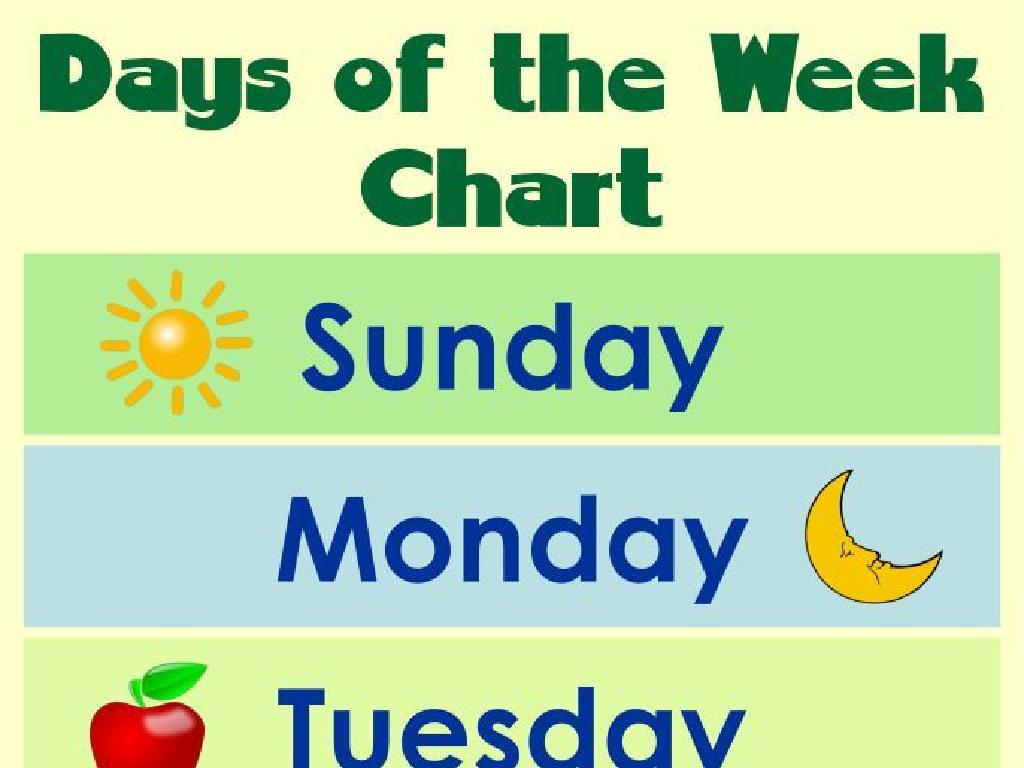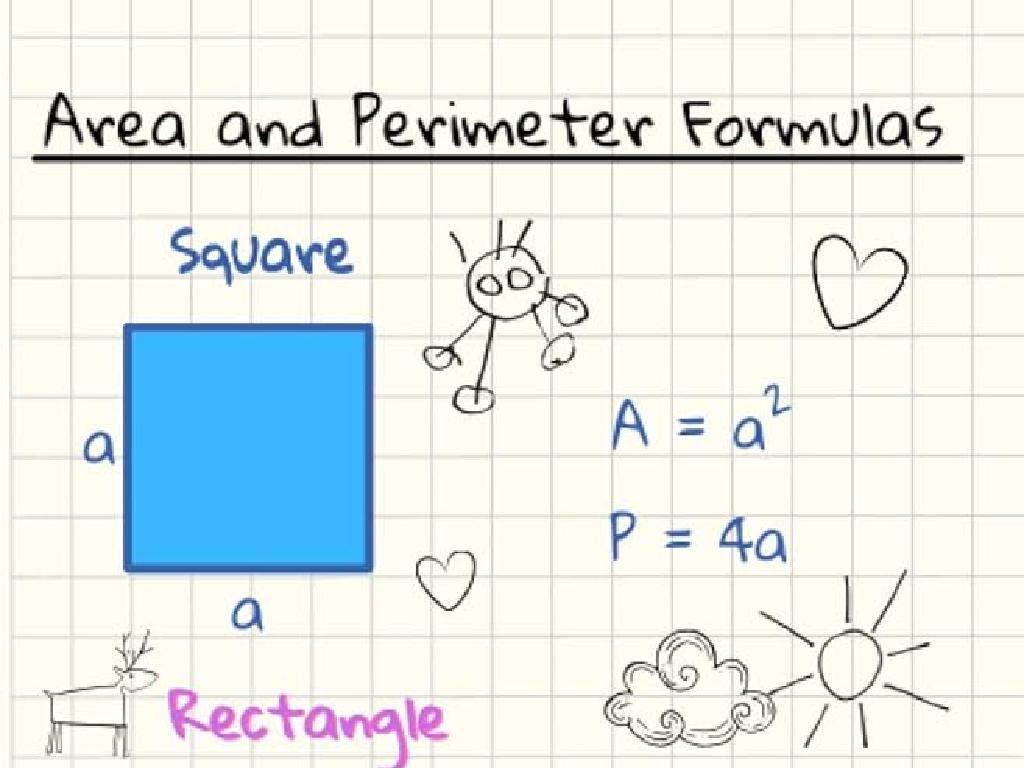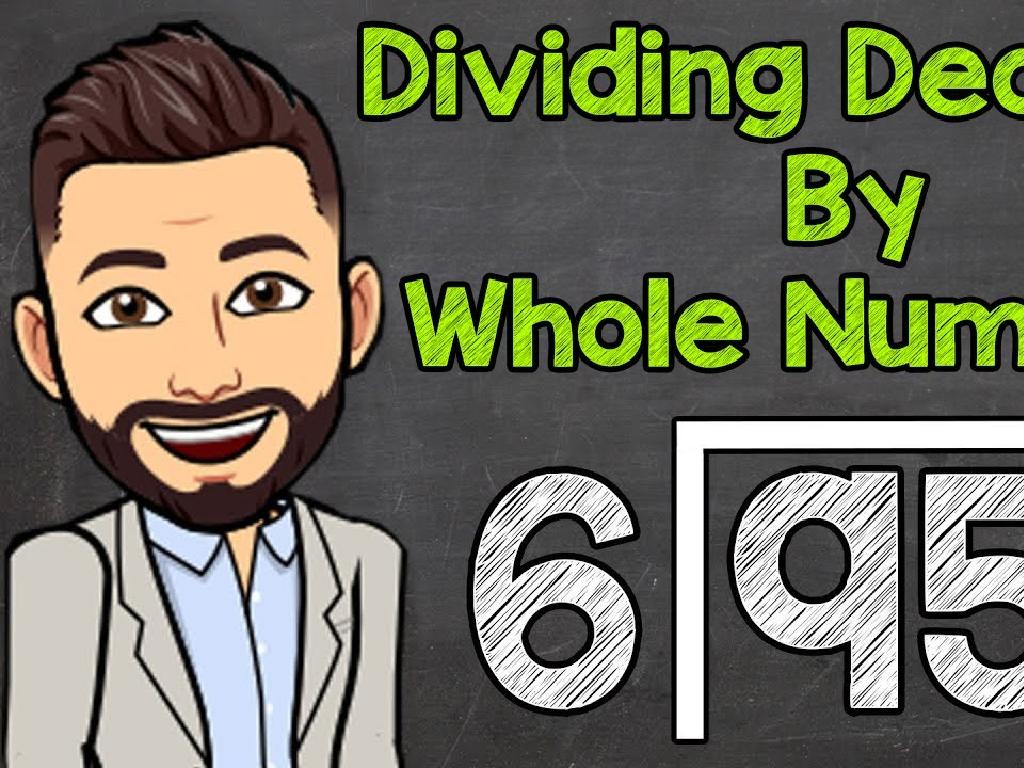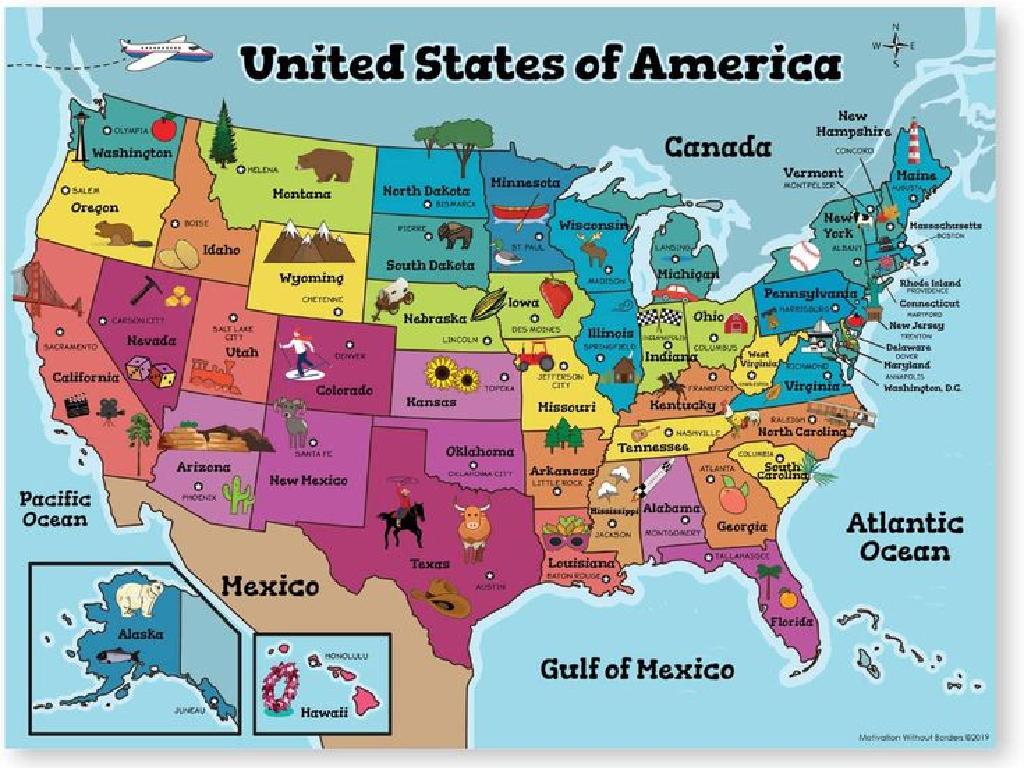Which Word Is Not Like The Others?
Subject: Language arts
Grade: Second grade
Topic: Categories
Please LOG IN to download the presentation. Access is available to registered users only.
View More Content
Exploring Word Categories
– Grouping words together
– Words can be sorted into groups by meaning
– Finding the odd word out
– Look for a word that doesn’t fit the group
– Understanding ‘not like the others’
– It means one word doesn’t share the common feature
– Practice with examples
– We’ll identify words that don’t belong in categories
|
This slide introduces the concept of categorizing words and identifying which word doesn’t belong in a particular group. Start by explaining that words can be grouped by their meanings, uses, or other common features. Then, discuss how one word may not fit into a category because it doesn’t share the same common feature as the others. Use examples to illustrate this, such as grouping animals and identifying the one that isn’t an animal. Encourage the students to think about why a word doesn’t belong. This will help them understand categorization and improve their vocabulary skills. Prepare to engage the class with interactive examples where they can practice this skill.
Learning About Categories
– What is a category?
– A category is a way to sort and organize things
– Categories group similar items
– Like items are sorted into groups
– Examples: Fruits, Animals, Shapes
– Fruits like apples and bananas; Animals like dogs and cats
– Activity: Grouping items together
– We’ll practice making our own groups in class
|
This slide introduces the concept of categories to second-grade students. Begin by explaining that a category is a way to sort things that are similar or have something in common. Provide clear examples of categories such as fruits, animals, and shapes to help students understand. For the activity, prepare a set of items or pictures that students can group into categories. This could include grouping types of clothing, food items, or different animals. Encourage students to explain why they grouped items together, reinforcing the concept of categories. The activity will help students apply the concept of categories and enhance their critical thinking and organizational skills.
Finding the Odd One Out
– Understanding ‘Odd One Out’
– Which item is different from the others?
– Observing differences in groups
– Look for items that don’t match the category
– Activity: Spot the odd item!
– Find the item that doesn’t fit with the rest in a list
– Discuss your choices
– Explain why the item you chose doesn’t belong
|
This slide introduces the concept of ‘Odd One Out’ to help students understand categorization and pattern recognition. The activity is designed to be interactive, prompting students to identify items that do not belong in a particular group based on their characteristics. For example, in a list of words like ‘apple, banana, carrot, grape,’ the word ‘carrot’ is the odd one out because it’s a vegetable, not a fruit. Teachers should encourage students to explain their reasoning for choosing the odd item out, fostering critical thinking and verbal expression. Possible variations of the activity could include using pictures, words, or even physical objects in the classroom.
Finding the Odd Word Out
– Group words by meaning
– Spot the word that doesn’t fit
– Practice with example categories
– Example: Apple, Banana, Carrot, Kiwi. Which is different?
– Explain your choice
– Think about why one word doesn’t belong with the others
|
This slide is aimed at helping second-grade students understand the concept of categorization by grouping words by their meaning. Start by explaining that words can be sorted into groups that have similar meanings or are related in some way. Then, introduce the idea that sometimes a word might not fit into a category. Use simple, relatable examples to illustrate this point. For instance, in a list of fruits, if there is a vegetable, it does not belong. Encourage the students to explain why they think a word doesn’t fit with the others, fostering critical thinking and comprehension skills. During the lesson, engage the students with various examples and let them practice this skill in a fun and interactive way.
Practice Time: Spot the Odd Word Out!
– Review word groups on your worksheet
– Find and circle the unique word
– Think about why it’s different
– Does it belong to a different category?
– Get ready to discuss in class
|
This slide is for a class activity that encourages students to identify words that do not belong in a particular category. The activity will help students understand the concept of categories and improve their ability to classify words. Provide students with a worksheet that has groups of words where one word in each group does not fit the category. Instruct them to circle the word that is different and think about why it does not belong. Encourage them to use context clues and their knowledge of word categories. After completing the worksheet, students will share their answers and reasoning with the class. This will foster a discussion about word classification and enhance their vocabulary skills. Prepare to guide the discussion and provide feedback on their choices.
Let’s Play: The Category Game
– Understand the ‘Category Game’
– Work with a buddy
– Pair up and cooperate to find answers
– Spot the odd word out
– Look for the word that seems different
– Explain your reasoning
– Share why the word doesn’t belong
|
This slide introduces a classroom activity called ‘The Category Game’, which is designed to help second-grade students practice categorization and reasoning skills in a fun and interactive way. Students will work in pairs to identify which word in a list doesn’t belong to a certain category and then explain their reasoning. This activity encourages critical thinking, collaboration, and verbal expression. As a teacher, facilitate the game by providing examples and ensuring each pair has a chance to participate. Possible categories could include animals, colors, shapes, or foods. For example, in a list like ‘apple, banana, carrot, cherry’, the word ‘carrot’ is the odd one out because it’s a vegetable, not a fruit.
Class Activity: Create Your Own Categories
– Pick a theme for your category
– List fitting items in your category
– Include one unrelated item
– Explain why it doesn’t fit
– For example, in a fruit category, a carrot doesn t fit because it s a vegetable
|
This activity is designed to help students understand the concept of categories and how to group items based on common characteristics. It also encourages critical thinking by having them identify items that do not belong in a particular group. Teachers should guide the students to choose a theme, such as animals, fruits, or shapes, and think of items that fit into their chosen category. Then, they should select an item that doesn’t belong and articulate their reasoning. This exercise can be done individually or in small groups to promote collaboration. Possible themes could be transportation, clothing, or colors. Encourage creativity and ensure that students understand the reasons why certain items do not fit into their categories.
Conclusion: Understanding Word Categories
– Recap on word categories
– Categories help us sort words that belong together
– Significance of grouping words
– Grouping words by category makes it easier to understand and communicate
– Find the odd word out at home
– Look around your home for items that don’t fit in a group
– Review and reflect on learning
|
In this concluding slide, we review the concept of categories in language arts. We’ve learned that categories are a way to sort and group words that are alike in some way, which is crucial for organizing our thoughts and improving communication. Understanding categories also helps with vocabulary development. For homework, students are encouraged to apply this concept by finding items at home that don’t belong to a particular group, reinforcing their learning in a familiar environment. This activity will help solidify their understanding of categories and how to identify words or items that don’t fit within them.






